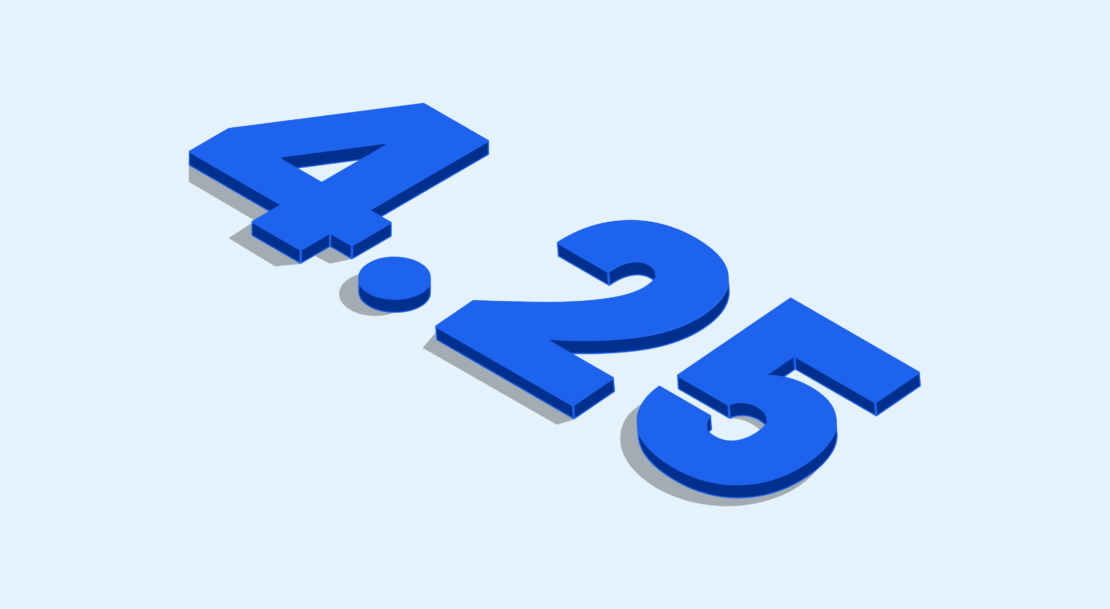We’re excited to share Docker Desktop’s latest advancements that promise to elevate your experience, enhance productivity, and increase speed. The Docker Desktop 4.25 release supports the GA of Rosetta for Linux, a feature that furthers the speed and productivity that Docker Desktop brings. We’ve also optimized the installation experience on Windows and simplified Docker Scout image analysis settings in this latest Docker Desktop release.
Get ready for near-native emulation, seamless updates, and effortless image analysis control. Let’s dive into some of the newest features in Docker Desktop.

Enhanced productivity and speed with Rosetta for Linux GA
We’re thrilled to announce the general availability of Rosetta for Linux, a game-changing Docker Desktop feature that significantly boosts performance and productivity. Here’s what you need to know:
- Rosetta for Linux GA: Docker now supports running x86-64 (Intel) binaries on Apple silicon with Rosetta 2. It’s no longer an experimental feature but a seamlessly integrated component of Docker Desktop.
- Near-native emulation: The x86_64 emulation performance is now nearly on par with native execution, all thanks to Rosetta 2. This means you can expect near-native speed when running your applications.
- Easy activation: Enabling Rosetta for Linux is a breeze. Simply navigate to Docker Desktop Settings > General and toggle it on to take advantage of the enhanced performance.
- System requirements: Rosetta for Linux is available on macOS version 13.0 and above, specifically for Apple silicon devices. Notably, it’s enabled by default on macOS 14.1 and newer, making it even more accessible.

Customers who used the previously beta feature of Rosetta for Linux experienced remarkable improvements, particularly when compared to alternatives. Real-world examples:
- Database operations: SQL queries are running significantly faster, resulting in notable speed-ups. For instance, tasks like creating databases, running queries, and making updates are showing impressive performance gains ranging from 4% to as high as 91%.
- Development efficiency: Customers have reported substantial improvements in their development workflows. Tasks like installing dependencies and building projects are considerably faster, translating to more productive development cycles.
- Compatibility: For projects that rely on compatibility with Linux/AMD64 platforms due to binary compatibility issues, Rosetta for Linux ensures a smooth and efficient development process.
With Rosetta for Linux in Docker Desktop, users can look forward to a significant performance boost and increased efficiency.
Enhanced Docker Desktop installation experience on Windows
At Docker, we’re committed to delivering a seamless and efficient Docker Desktop experience for Windows users, irrespective of local settings or privileges. We understand that keeping your WSL (Windows Subsystem for Linux) up to date is crucial for a seamless Docker Desktop experience. With this in mind, we’re pleased to announce a new feature in Docker Desktop that detects the version of WSL during installation and offers automated updates.
When an outdated version of WSL is detected, you now have two convenient options:
- Automatic update (default): Allow Docker Desktop to handle the WSL update process seamlessly, ensuring your environment is always up to date without any manual intervention.
- Manual update: If you have specific requirements or prefer to manage your WSL updates manually, you can choose to update WSL outside of Docker Desktop. This flexibility allows you to make custom kernel installations and maintain full control over your development environment.
With these enhancements, Docker Desktop on Windows becomes more user-friendly, reliable, and adaptable to your unique needs.

Improved Docker Desktop compatibility with Windows
Docker Desktop’s recent update also includes a change in the minimum supported Windows version, now set at 19044. This update isn’t just about staying in sync with Microsoft’s supported operating systems; it’s about providing you with a seamless Docker Desktop installation experience. By raising the minimum version, we aim to prevent issues tied to older Windows versions, reducing installation failures.

To ensure all Windows users can harness the latest Docker Desktop features and functionalities, we’ve implemented a clear prompt to upgrade Windows versions below 19044.
New Docker Scout settings management in Docker Desktop 4.25
Introducing an easy way for users to manage Docker Scout image analysis in Docker Desktop 4.25. Now, users can easily control Docker Scout image indexing from the Docker Desktop general settings panel with a user-friendly toggle to enable or disable the analysis of local images.
Administrators can fine-tune access with customized user policies, ensuring precise control of Docker Scout image analysis within their organizations. By specifying an organizational setting in admin-settings.json, administrators can control the Docker Scout image analysis feature for their developers. This enhancement is the first of many to ensure that both users and administrator experiences support personalization.

Conclusion
The 4.25 release is all about enhancing your Docker Desktop experience. Rosetta for Linux provides remarkable speed and efficiency, optimized installation on Windows ensures seamless updates, and Docker Scout image analysis settings are more easily established.
Update to Docker Desktop 4.25 to empower every user and team to continue to improve productivity and efficiency in developing innovative applications. Do you have feedback? Leave feedback on our public GitHub roadmap, and let us know what else you’d like to see in upcoming releases.
Learn more
- Read the Docker Desktop Release Notes.
- Get the latest release of Docker Desktop.
- Have questions? The Docker community is here to help.
- New to Docker? Get started.
